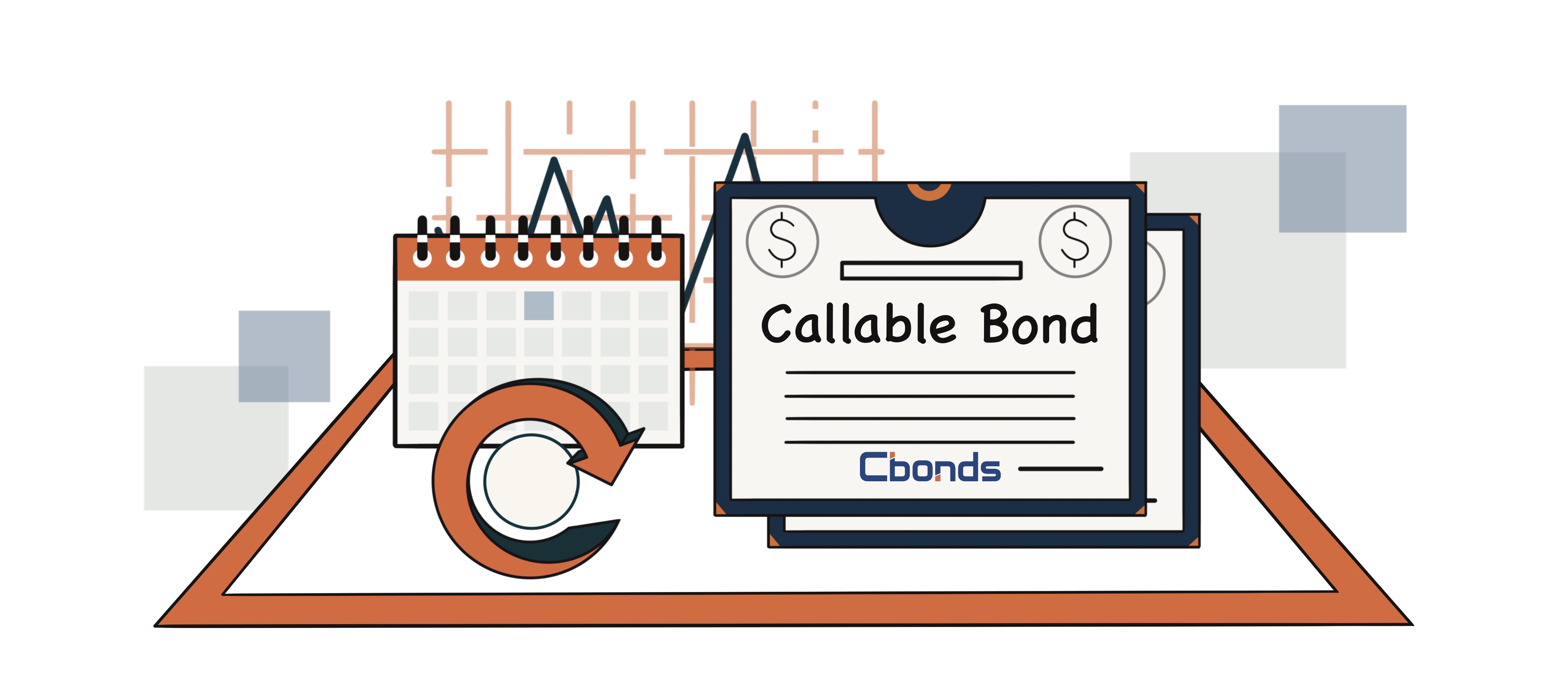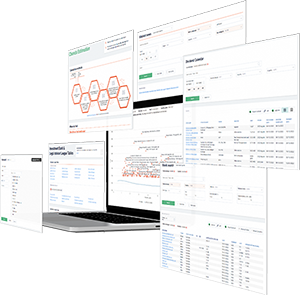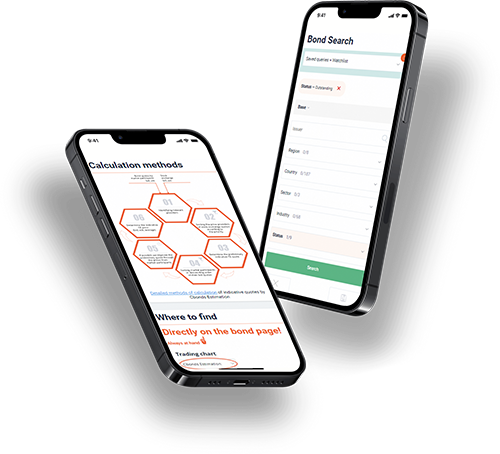By
Konstantin Vasilev Member of the Board of Directors of Cbonds, Ph.D. in Economics
Updated December 17, 2023
What are Callable Bonds?
When the bond is callable, it means that it possesses a unique feature granting the issuer the option but not the obligation to "call back" or redeem the bond before the predetermined maturity date. Unlike standard bonds, which have a fixed life span and pay interest until maturity, callable bonds have a dual life, introducing an element of complexity. This dual life includes the original maturity date and a call date, at which point the issuer may choose to recall the bonds. The decision to call the bonds hinges on the prevailing interest rate environment, with issuers typically exercising this option when interest rates fall, enabling them to refinance the debt at a lower interest rate and potentially save money over time.
Investors in such redeemable bonds face a degree of risk, known as reinvestment risk. This risk arises if the bonds are called early, as investors may need to reinvest their funds in a market where interest rates have decreased, potentially resulting in lower future interest payments.

How Callable Bonds Work?
Callable bonds operate with a unique mechanism that provides the issuer with the option to redeem the bonds before their scheduled maturity date. Think of callable bonds as having a "double life." These bonds have two potential life spans—one ending at the original maturity date and the other at the call date specified in the bond agreement.
At the call date, the issuer holds the right to recall or redeem the bonds from investors. This decision hinges on the prevailing interest rate environment. If interest rates have fallen since the bond’s issuance, the issuer might choose to call the bonds and refinance the debt at a lower interest rate, reducing their overall borrowing costs. Conversely, if interest rates have risen or remained stable, the issuer is less likely to call the bonds.
Essentially, callable bonds represent a standard bond, but with an embedded call option Call provisions are often a feature of corporate and municipal bonds.
Benefits
-
Higher Returns for Investors. Callable bonds typically provide investors with higher interest rates compared to noncallable bonds. This helps to compensate investors for the additional risk associated with the issuer having the option to call back or redeem the bonds before maturity.
-
Flexibility for Issuers. Issuers benefit from the flexibility provided by callable bonds. If interest rates fall, issuers can take advantage of the call provision to retire existing bonds and refinance their debt at lower interest rates. This can result in cost savings for the issuer.
-
Strategic Investment Opportunities. Callable bonds present strategic opportunities for both investors and issuers to align their financial goals with prevailing interest rate expectations. Investors can strategically choose callable bonds based on their views on future interest rate movements.
-
Diversification in Portfolios. For investors seeking a diversified portfolio, callable bonds offer an alternative investment option with unique risk and return characteristics. Including callable bonds can help balance a portfolio and enhance overall diversification.
-
Attractive Yield in Stable Interest Environments. Callable bonds can be particularly attractive when interest rates are expected to remain unchanged or increase. In such environments, investors can enjoy the higher-than-normal interest rates provided by callable bonds throughout their potential life span.
Risks
-
Reinvestment Risk for Investors. One significant risk for investors in callable bonds is reinvestment risk. If the issuer decides to call back the bonds due to falling interest rates, investors may face challenges reinvesting their funds at the same attractive interest rates. This can result in lower overall returns for the investor.
-
Potential Loss of Fixed Income for Investors. If an issuer decides to redeem callable bonds early, it means the fixed interest payments to investors end prematurely. Investors who depend on these fixed income payments may experience a disruption in their expected cash flow.
-
Issuer’s Increased Cost. Callable bonds come with a cost for issuers, especially if they choose to call back the bonds at a premium price. This higher cost is a form of compensation to investors, but it increases the overall financial burden on the issuer compared to noncallable bonds.
-
Uncertainty in Interest Rate Environments. Both investors and issuers face uncertainty in interest rate environments. The decision to call or not to call depends on the interest rate movements, making it challenging for investors to predict the exact life span of callable bonds.
-
Limited Price Appreciation for Investors. Callable bonds may exhibit limited upside price appreciation, especially when interest rates fall. Unlike noncallable bonds, where prices tend to rise in a declining interest rate environment, callable bonds may not experience the same level of appreciation due to the potential for early redemption.
Types of Callable Bonds
-
American Call Bonds. In American call bonds, the issuer has the flexibility to call back the bonds at any time until the maturity date. This type provides continuous flexibility for the issuer to redeem the bonds based on market conditions.
-
European Call Bonds. European call bonds allow the issuer to call back the bonds only at a predetermined call date before the bond’s maturity. Unlike American call bonds, there is a single specified date for potential redemption in European call bonds.
-
Bermuda Call Bonds. Bermuda call bonds permit the issuer to redeem the bonds at predetermined dates scheduled in advance. The redemption dates in Bermuda call bonds can be monthly, quarterly, or annually, providing a structured approach to potential redemptions.
-
Canary Call Bonds. Canary call bonds are callable up to a certain date, after which the issuer loses the ability to redeem them early. The window for potential redemptions in canary call bonds is limited, providing investors with a period of protection from early calls.
-
Verde Call Bonds. Verde call bonds allow the issuer to redeem the bonds on predetermined dates, but these redemption opportunities become less frequent over time. The decreasing frequency of call options in verde call bonds introduces a gradual reduction in the issuer’s ability to redeem the bonds early.
Callable Bond vs. Non Callable Bond
-
Callable Bonds. Callable bonds are financial instruments that provide the issuer with the option to redeem or call back the bonds before their scheduled maturity date. This call option introduces a level of uncertainty for investors, as the issuer can choose to retire the bonds early under certain conditions, often related to changes in interest rates.
-
Non-Callable Bonds. On the other hand, non-callable bonds, as the name suggests, lack the provision that allows the issuer to redeem the bonds before the maturity date. These bonds provide a more predictable investment scenario for bondholders, as they can expect to receive interest payments until the bond’s maturity without the risk of early redemption by the issuer.
Investment Strategies with Callable Bonds
-
Optimizing Returns. Investors can strategically approach callable bonds to optimize their returns. One strategy involves analyzing the interest rate environment. If an investor anticipates that interest rates will remain stable or rise, investing in callable bonds can be a viable option. In such scenarios, the bonds are less likely to be called early by the issuer, allowing investors to benefit from higher-than-average interest payments throughout the bond’s life.
-
Managing Reinvestment Risk. Understanding and managing reinvestment risk is crucial when incorporating callable bonds into an investment portfolio. Since callable bonds face the possibility of being redeemed when interest rates fall, investors should assess their tolerance for reinvestment risk. One approach is to diversify the bond portfolio, combining callable and non-callable bonds. This diversification helps mitigate the impact of potential early redemptions, as non-callable bonds provide a more stable source of fixed income.
-
Tactical Interest Rate Betting. Investors can use callable bonds as a tactical tool to express their views on future interest rate movements. By carefully analyzing market expectations and economic indicators, investors can make informed decisions on whether to favor callable or non-callable bonds. For example, if an investor believes that interest rates will decrease in the future, they might strategically invest in callable bonds, anticipating that the issuer will redeem them early in a falling rate environment. This approach enables investors to align their redeemable bond investments with their expectations for interest rate trends, potentially enhancing overall portfolio performance.
-
Balancing Risk and Reward. Callable bonds can offer higher yields, but they come with increased risks, especially the risk of early redemption. Investors should carefully evaluate the potential rewards against the associated risks and determine the appropriate balance for their investment strategy. Balancing risk and reward involves considering factors such as the issuer’s call schedule, the call protection period, and the overall interest rate environment. This strategic approach allows investors to harness the benefits of callable bonds while managing the inherent uncertainties and optimizing their investment outcomes.
How to Invest in Callable Bonds
-
Conduct Thorough Research. Before investing in callable bonds, conduct comprehensive research on the specific bonds you are considering. Understand the issuer’s financial health, credit rating, and the terms of the bond, including the call schedule and call protection period.
-
Evaluate Interest Rate Trends. Keep a close eye on interest rate trends and economic indicators. Assess whether the prevailing interest rate environment aligns with your investment strategy, considering the potential impact on callable bonds.
-
Diversify Your Portfolio. To manage risks associated with callable bonds, diversify your bond portfolio. Combining callable and non-callable bonds can help create a balanced approach, providing stability while still allowing for potentially higher yields.
-
Consider Callable Bond Funds. For investors seeking diversified exposure to callable bonds, consider investing in callable bond funds. These funds are managed by professionals who make strategic decisions based on market conditions.
-
Stay Informed About the Issuer. Stay informed about the issuer’s financial developments and any changes in its creditworthiness. Monitor news and updates that may impact the issuer’s ability to meet its obligations.
-
Understand Call Features. Familiarize yourself with the call features of the bonds you are considering. This includes the call price, call premium, and the call protection period. Understanding these features is crucial for making informed investment decisions.
-
Consult with Financial Advisors. Seek advice from financial advisors who specialize in fixed-income investments. Their expertise can guide you in making informed decisions based on your financial goals, risk tolerance, and market expectations.
-
Monitor Economic Conditions. Stay vigilant about economic conditions and factors that may influence interest rates. Adjust your investment strategy based on changing market dynamics to optimize returns and manage risks effectively.
Bond Screener
Watchlist
Excel Add-in
API





















